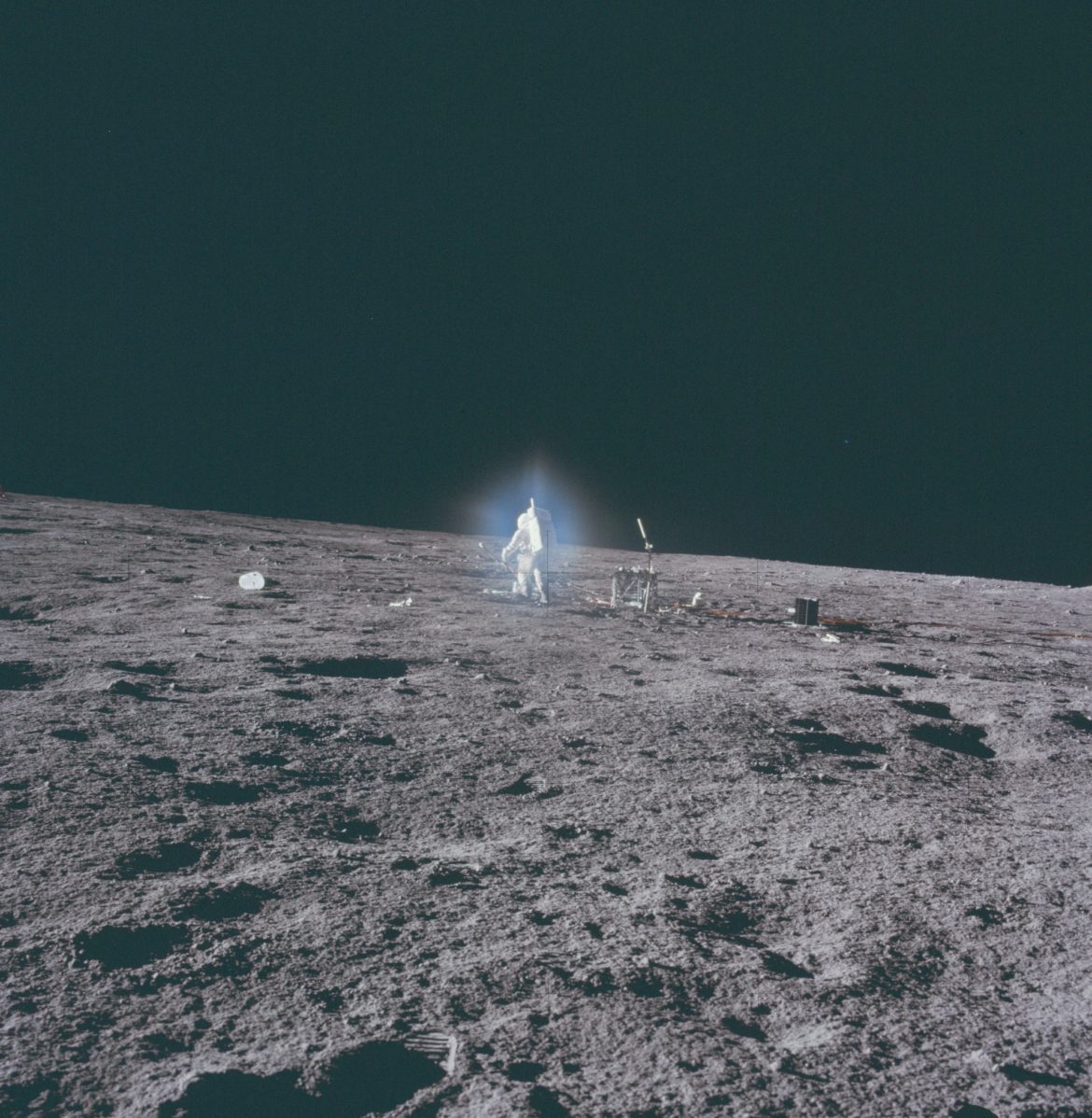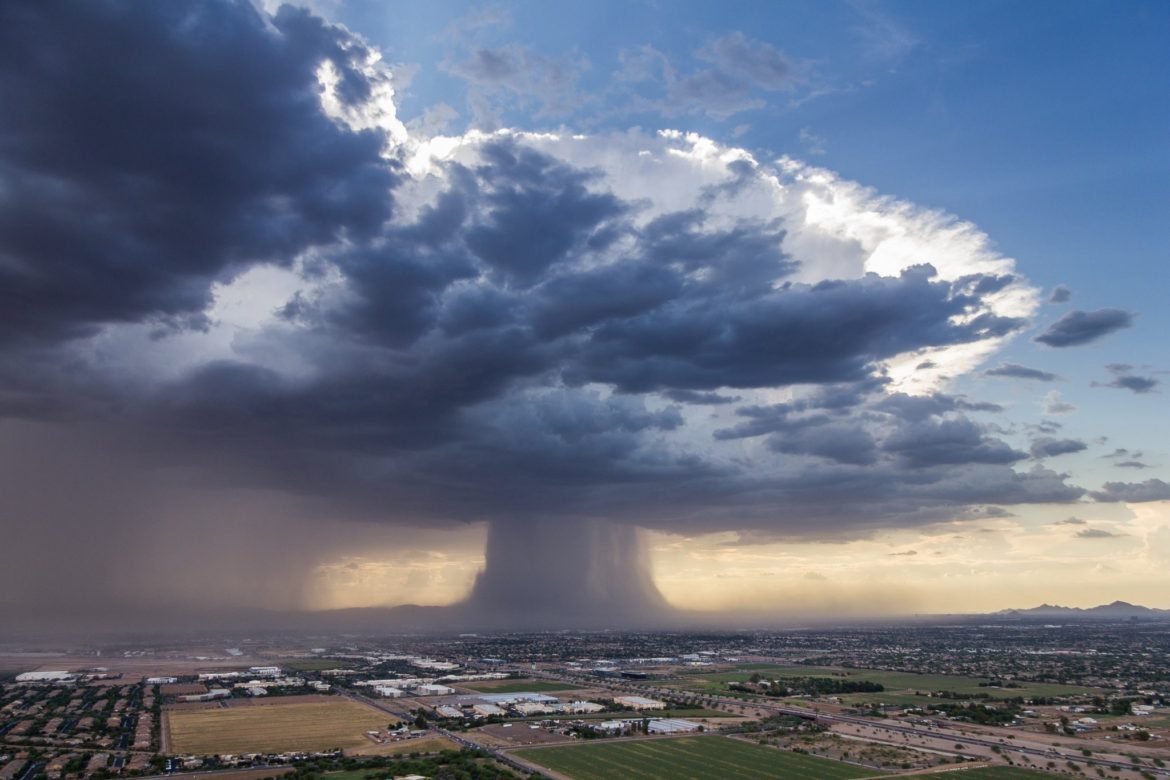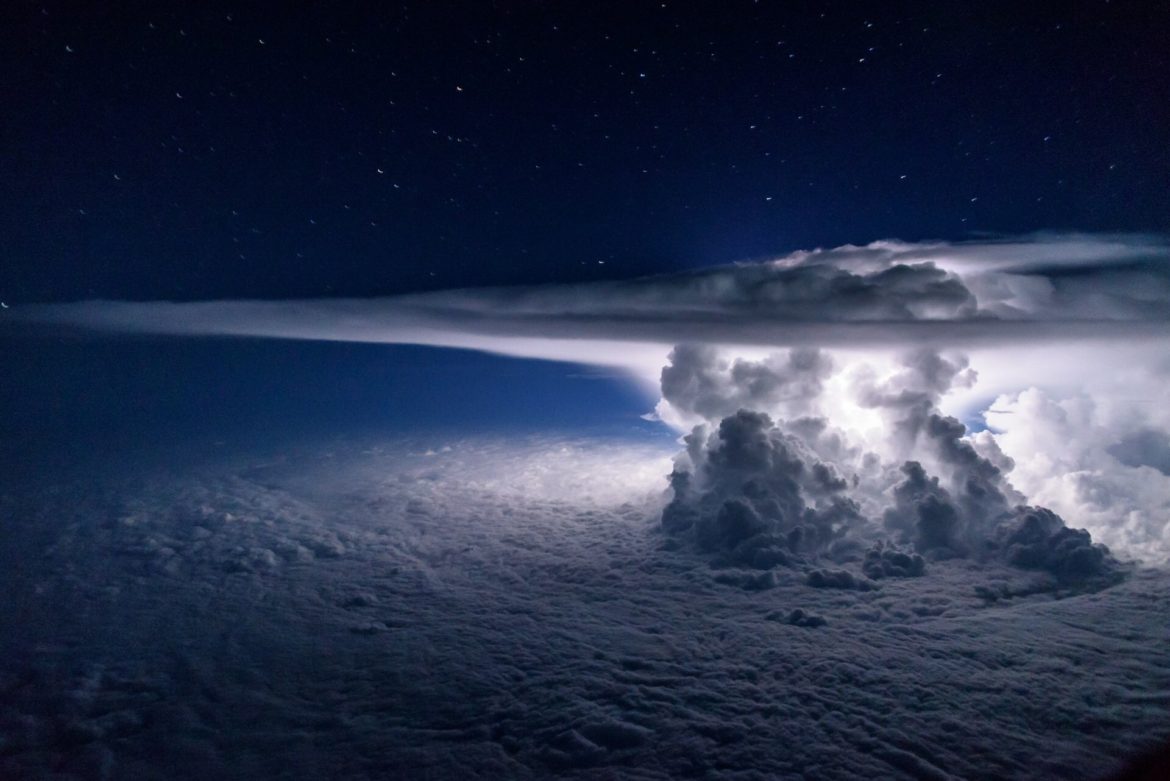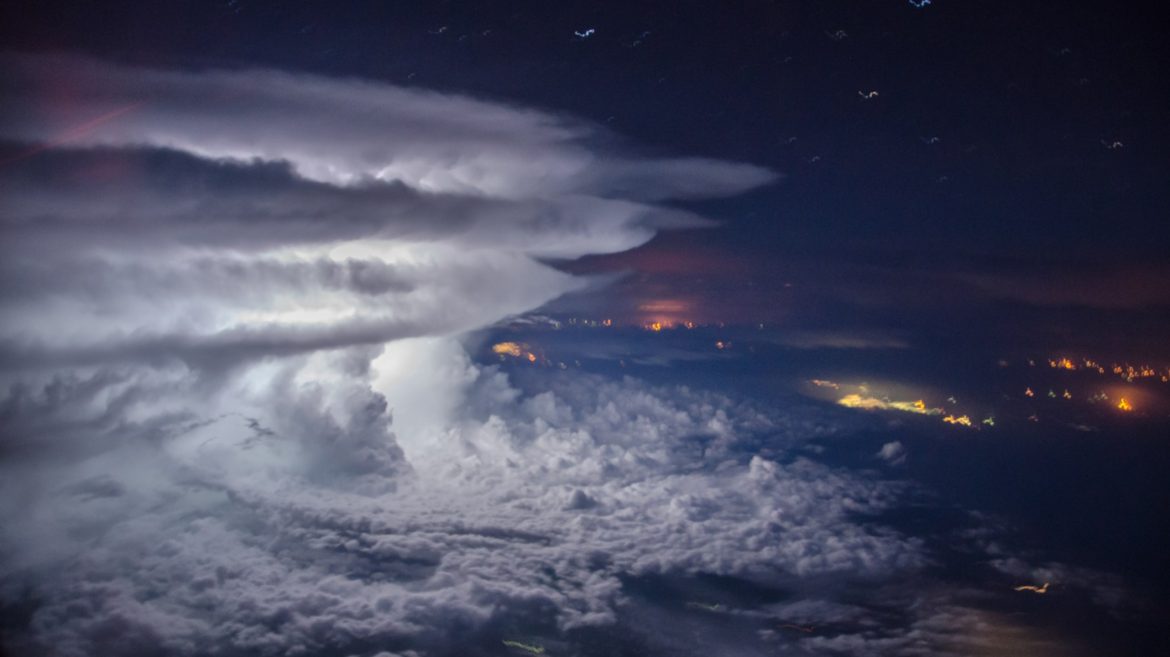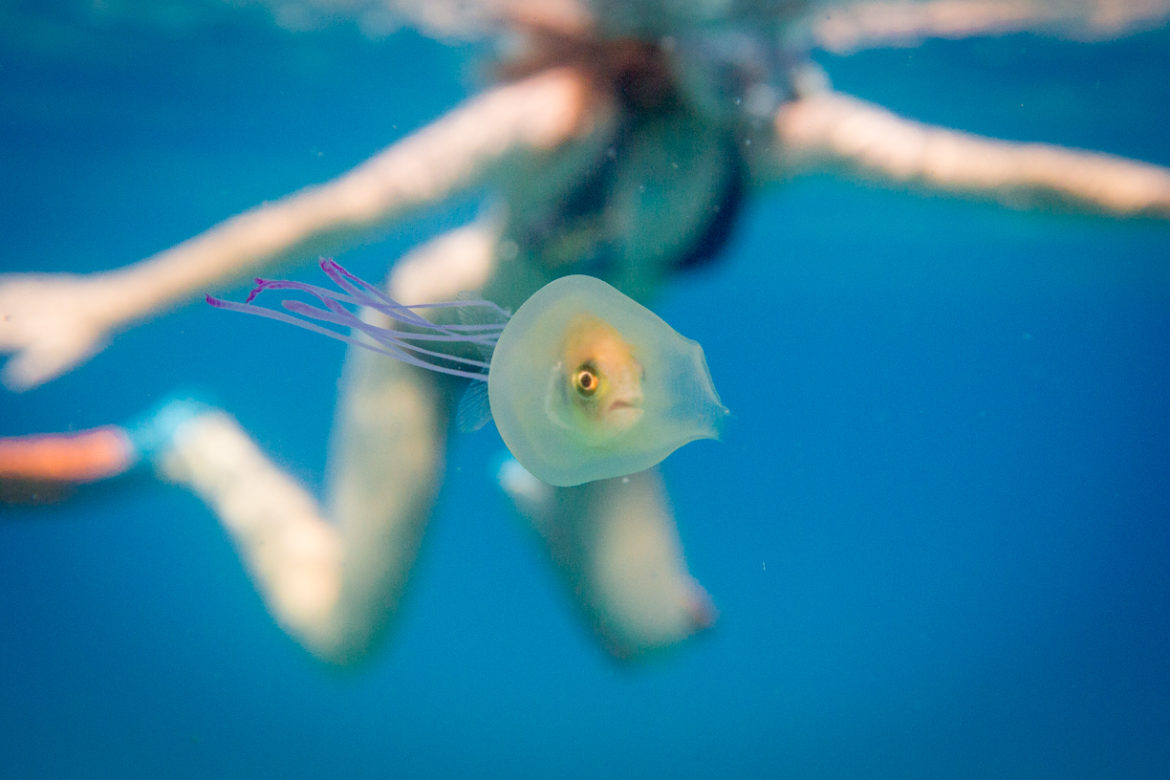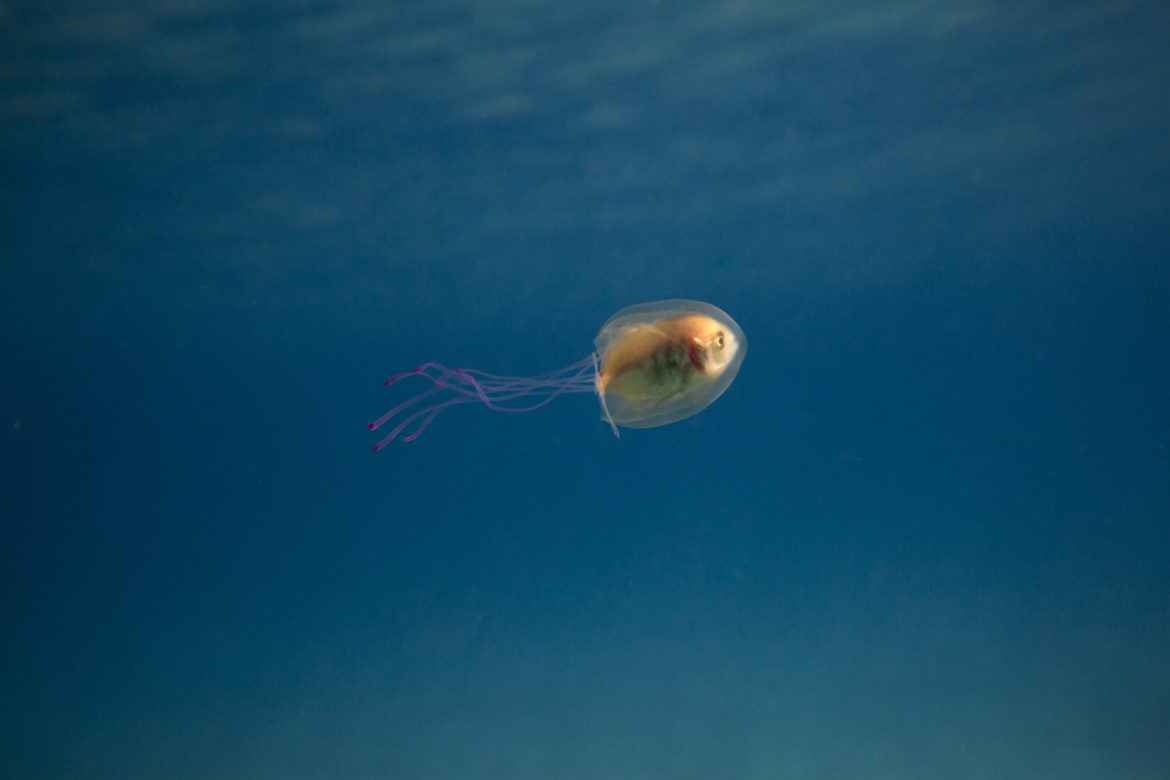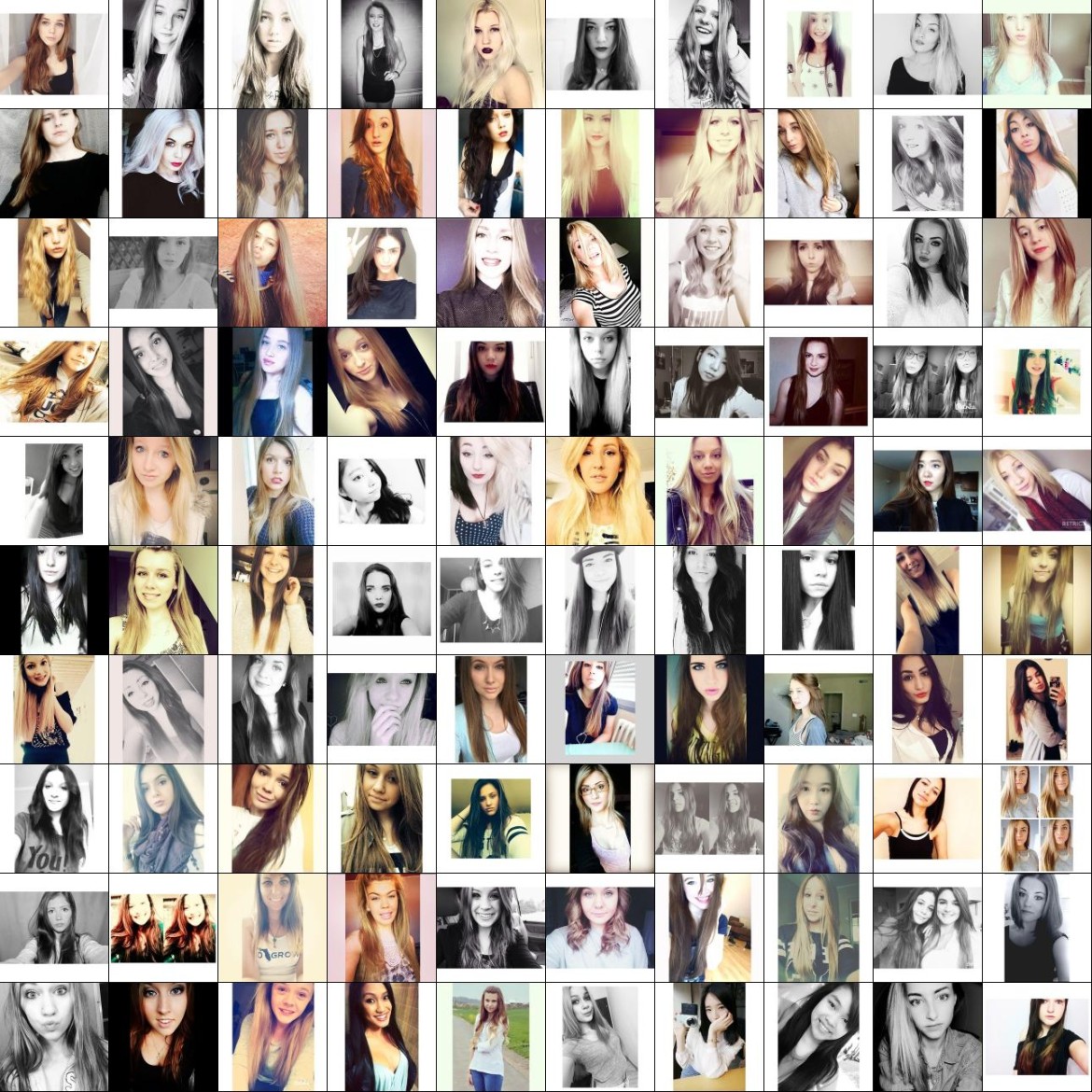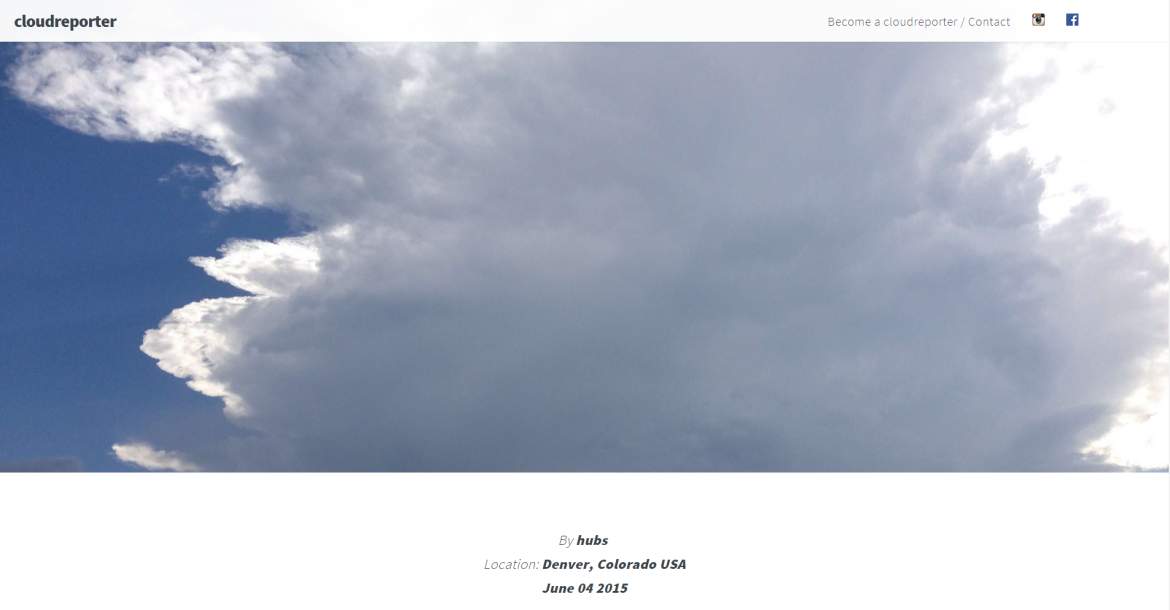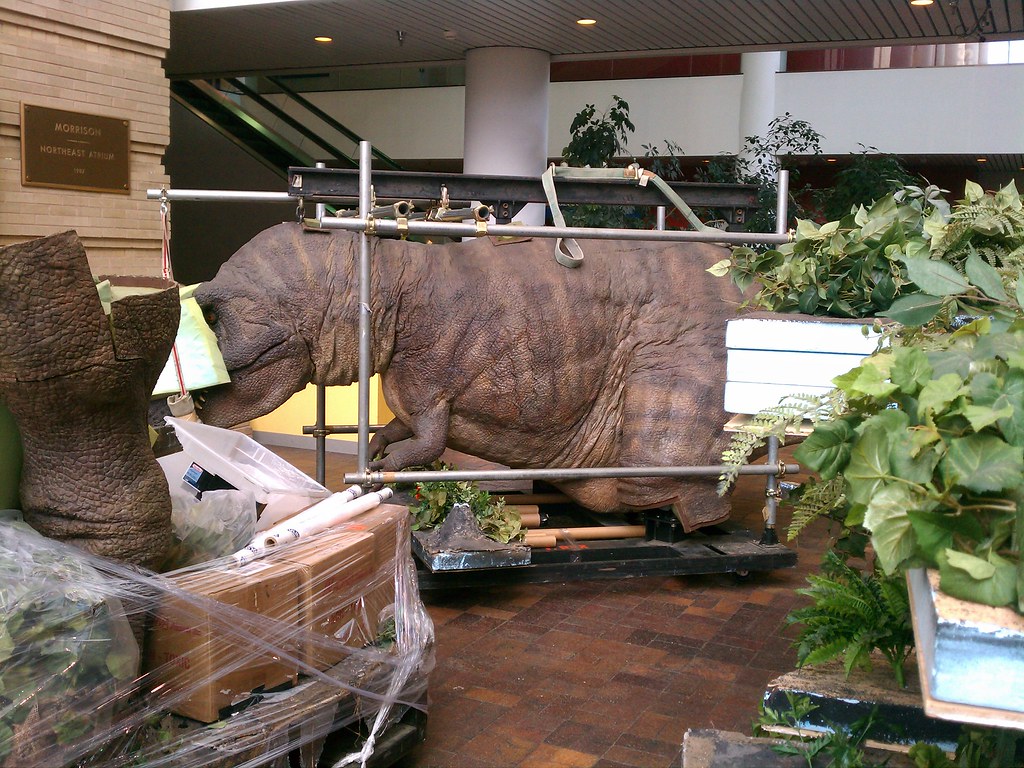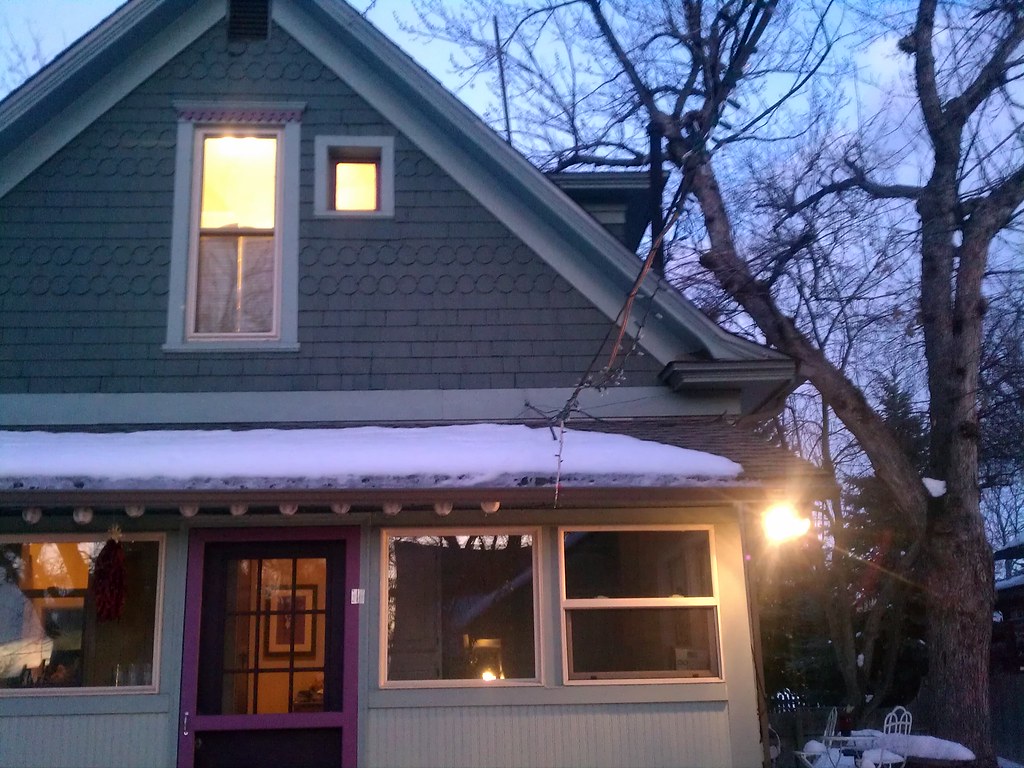The Moon 1968–1972
During all six of NASA’s manned lunar landings, astronauts were armed and trained to use modified Hasselblads. During the Apollo missions, NASA’s astronauts took photos of moon landings, moon walks, the lunar surface, the horizon, and the Earth with these cameras. The results included over 20,000 photographs by 13 astronauts over six lunar landing missions. This huge trove of photographs are cataloged at The Project Apollo Archive. NASA also released a large number of these photos on Flickr back in 2015. The photo above is one of my favorites from this collection.
Though shot originally for scientific purposes, many of the photos have an extraordinary aesthetic value that encompasses an inadvertently artful composition. The fine folks at T. Alder Books have sorted through the nearly 15,000 of these photos and came up with 45 images that consist of “unintended artful compositions†and a “beautiful, deft outtake quality,â€. The collection will be released in a book entitled The Moon 1968–1972 that will be released later this month.
At a time when archival images are often hastily assembled into digital galleries that get passed around briefly on social media, it’s especially satisfying to sit with an affordable ($18), carefully edited, designed and printed archive of photographs of historical significance and esthetic value. Texts include excerpts from a speech President John F. Kennedy made about the Apollo program, and from an E.B. White story for The New Yorker recalling the first moon landing.

